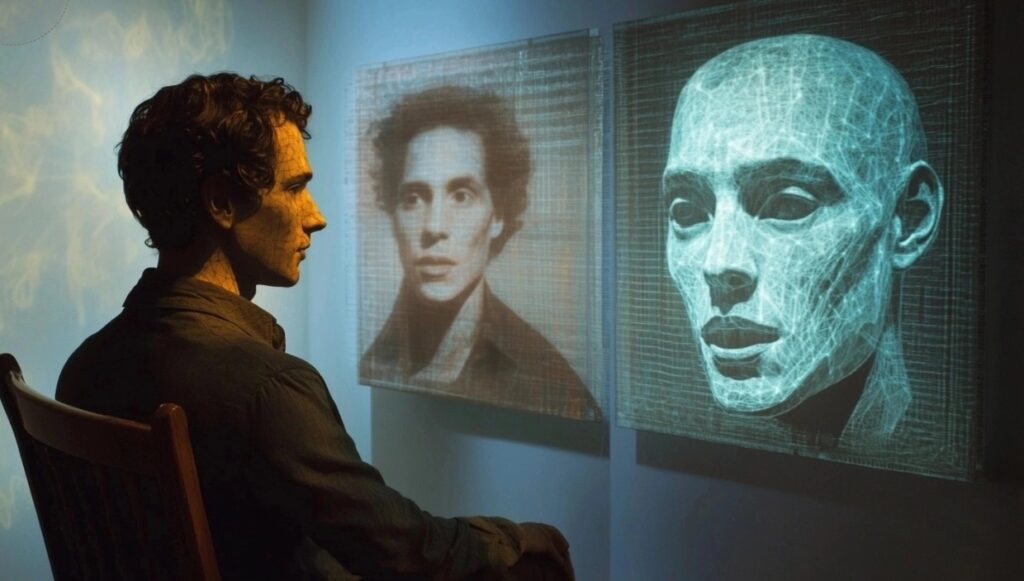From its origins, Artificial Intelligence defines its essence in the imitation of humans. In 1950 Alan Turing, considered the father of AI, in his article “Computing machinery and intelligence,” proposed what would become known as the “Turing test,” also described as the “Imitation Game.” According to the test, a machine can be considered intelligent if its actions, observed by a human, are indistinguishable from those of a person. In the game, reproduced in the iconic diagram below, initially A, B and C are human beings who communicate with each other through messages. Later, person A is replaced by a machine, unbeknownst to person C. If C is unable to distinguish the machine (A) from the person (B), we are dealing with a machine that we can consider intelligent.
Turing then addresses deep philosophical, religious and logical questions about thinking machines, but the idea of the “Imitation Game” remains prevalent: beyond the controversial definitions of thought or consciousness, for Turing Artificial Intelligence can be defined as such if it can effectively imitate human intelligence.

The image is released under a Creative Commons Attribution 4.0 International (CC BY 4.0) license. Work by Gualtiero and Roberto Carraro – Homo Extensus. Please quote the authors and link to the original page.

